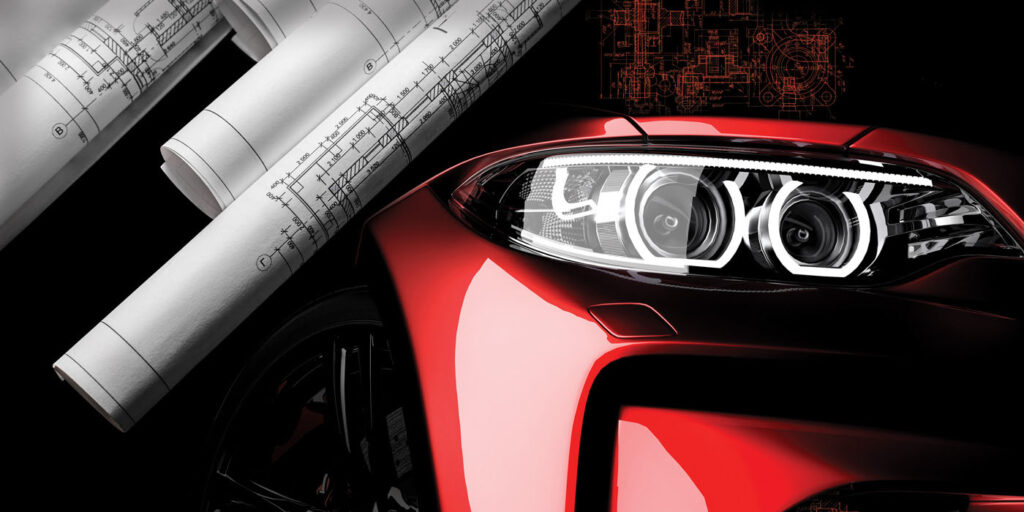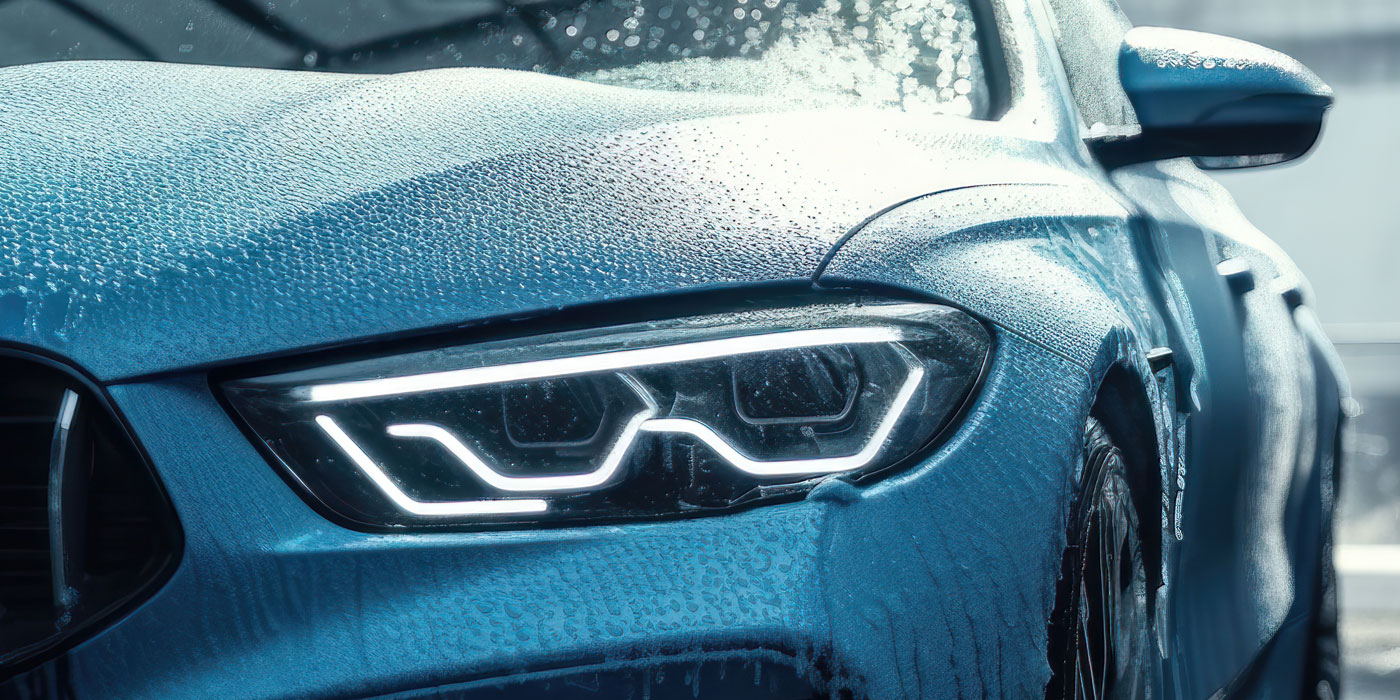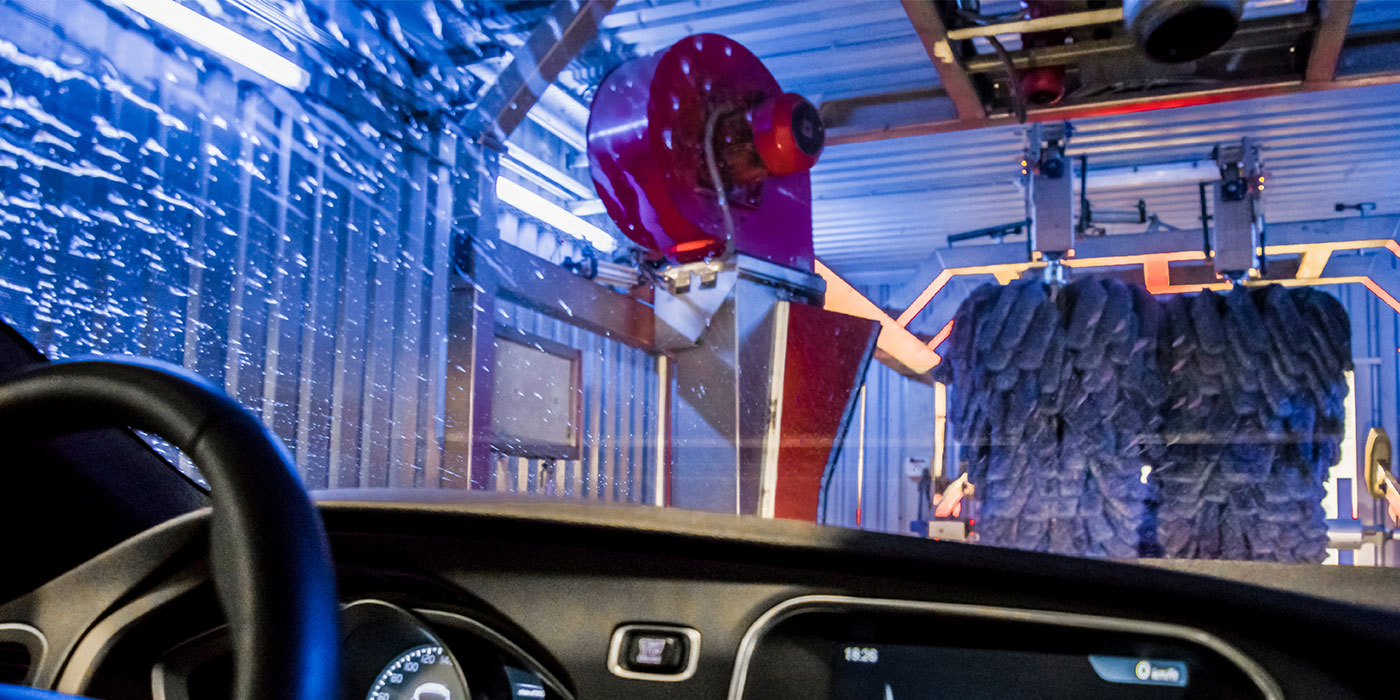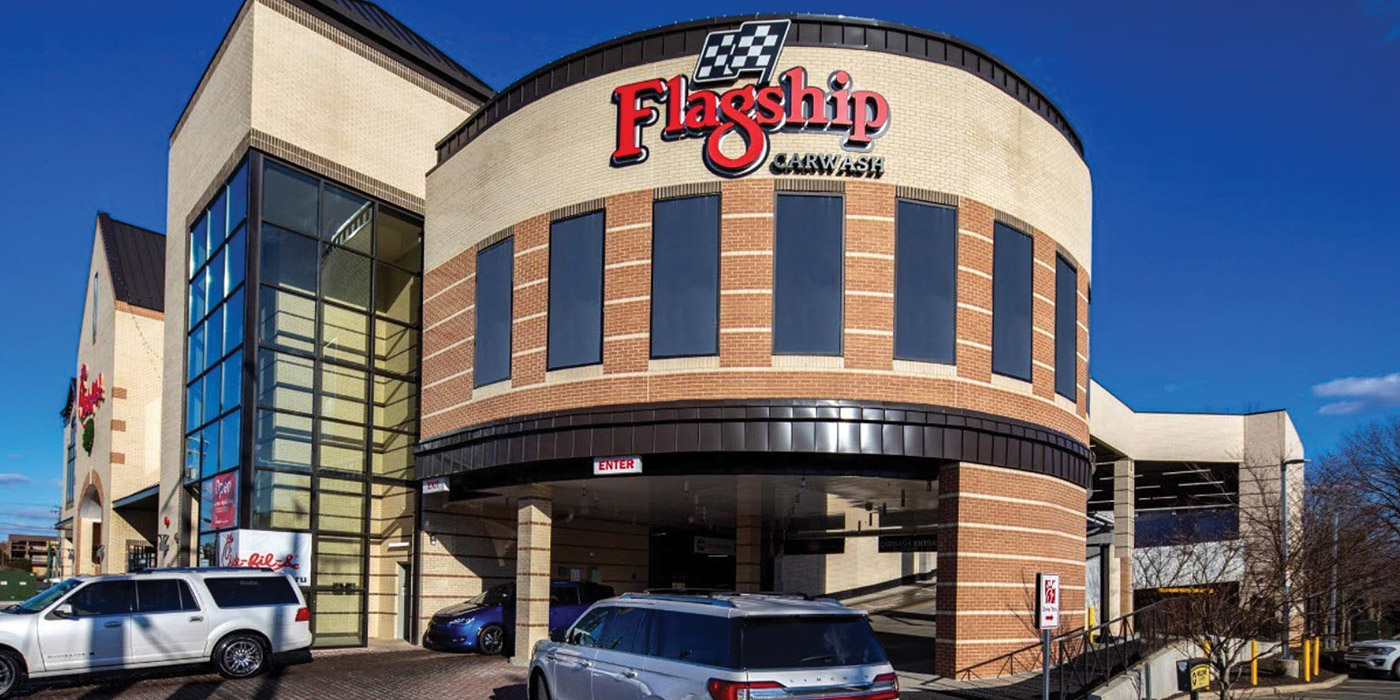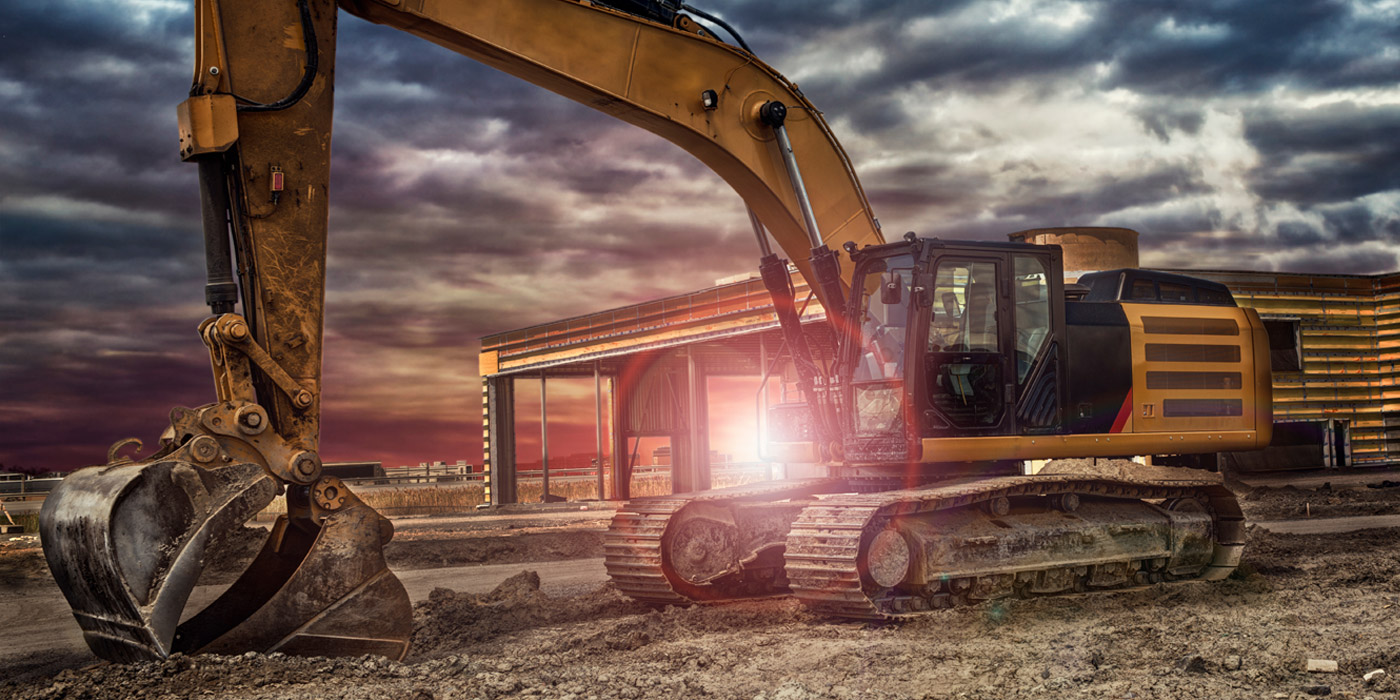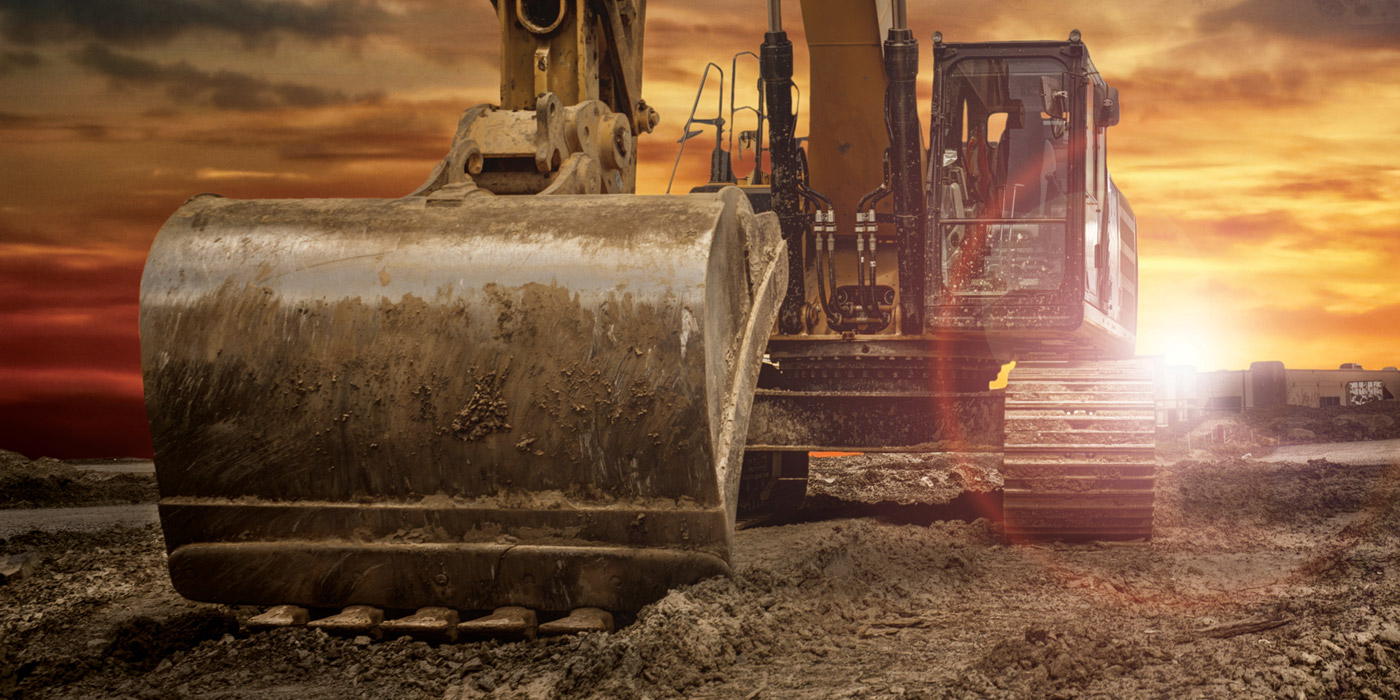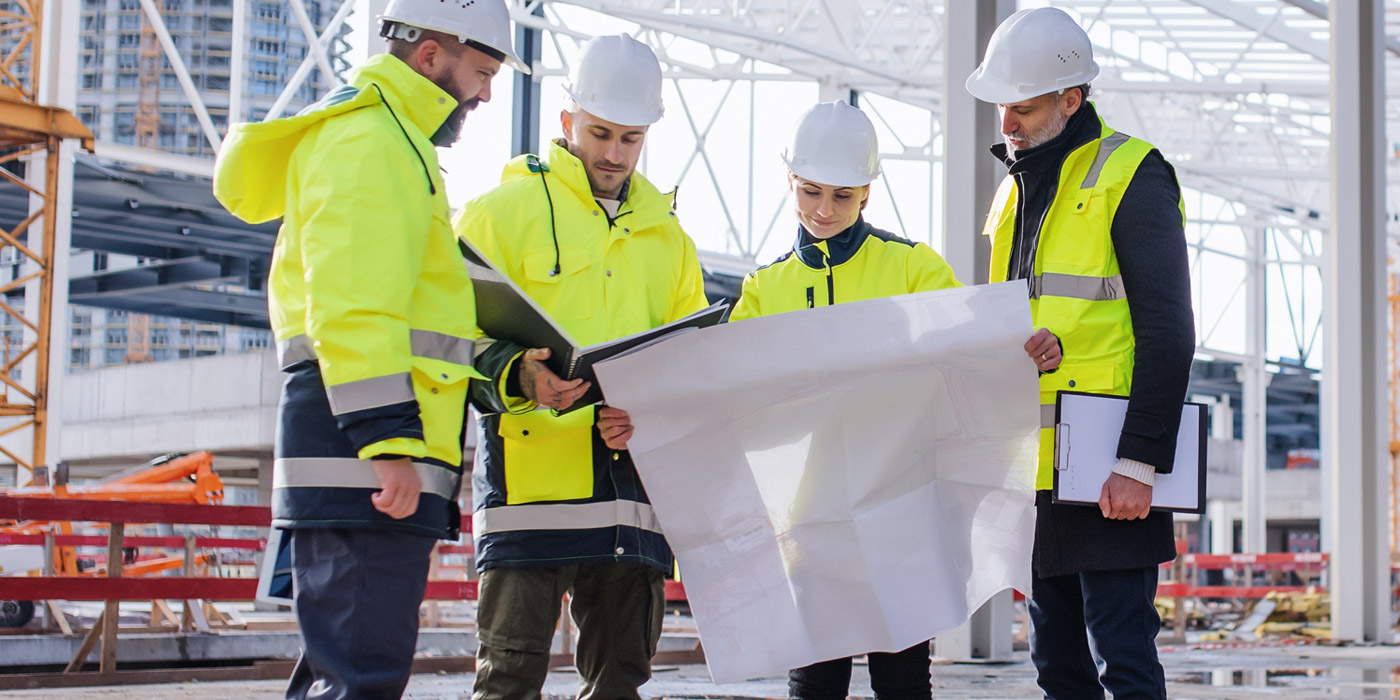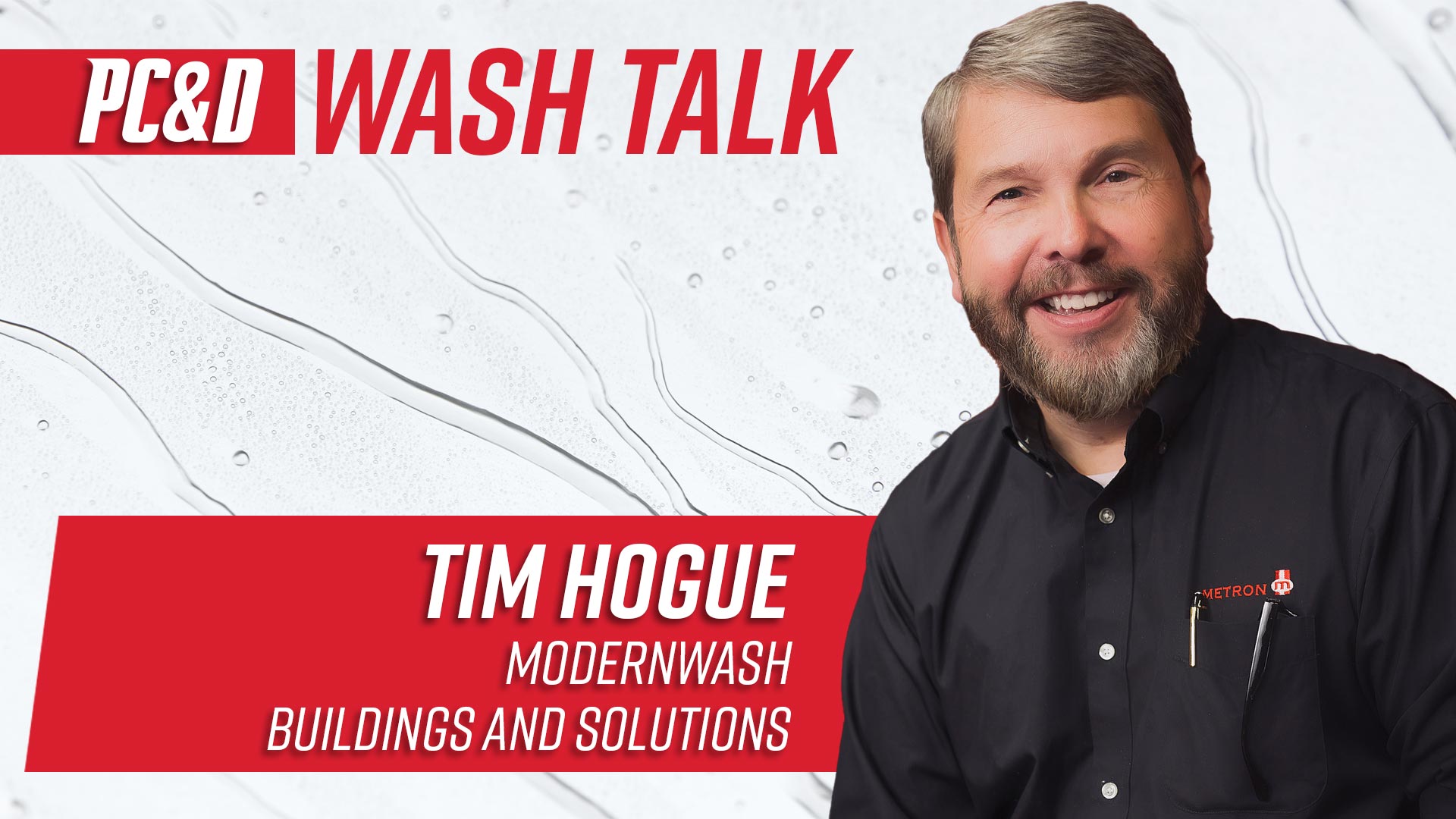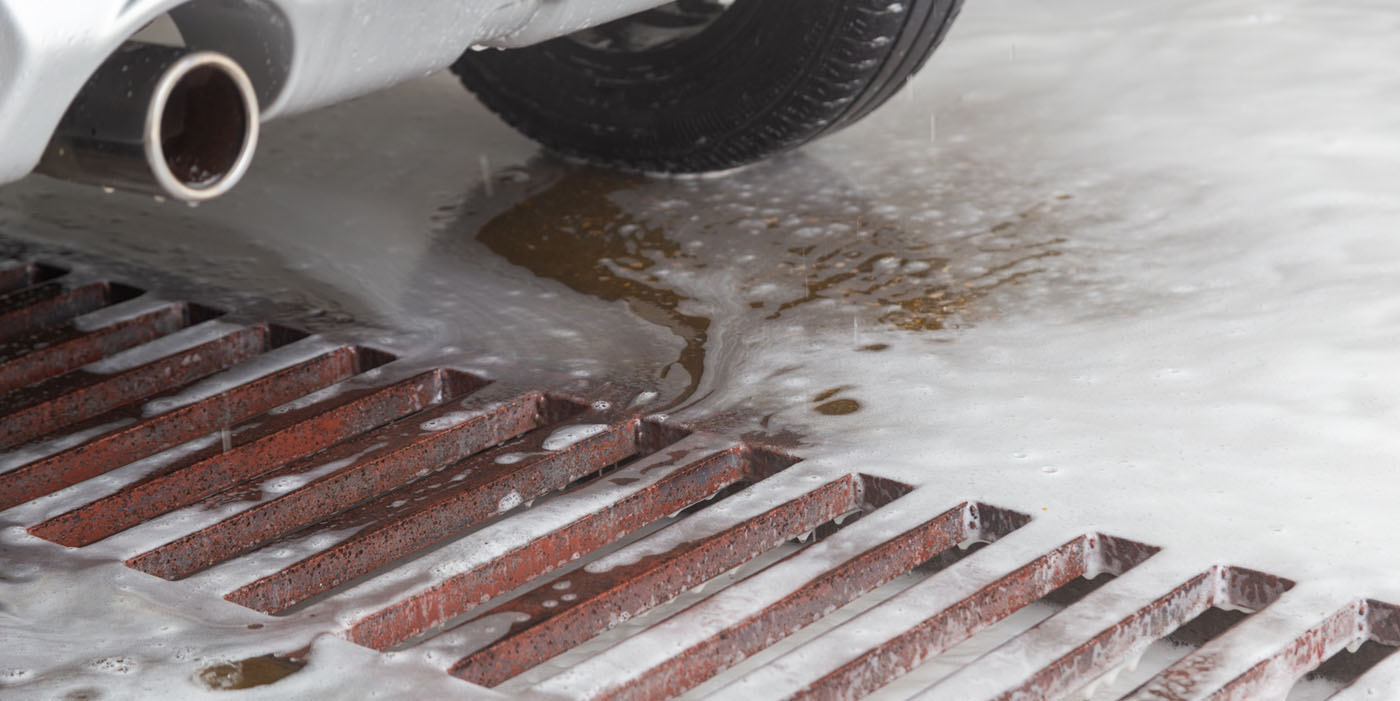For operators looking to build or rebuild a carwash facility, it may seem like a path to success is difficult to follow. As you solidify plans, begin construction and order equipment, uncertainty can leave you second-guessing every move. Fortunately, the car care industry has continued to evolve, develop and grow based on proven designs and beneficial business practices.
No time to read this article? Listen to it instead!
When outfitting a carwash location, there are obviously many questions that must be answered:
- What are the best and most attractive location attributes?
- What are the site’s ideal counts for pay stations, vacuums, vending machines, etc.?
- What will be the perfect wash tunnel length?
To find answers, operators who follow accepted best practices and consult with carwash experts are taking two huge steps in the right direction. Modern wash locations that include all the technological bells and whistles benefit from the proven popularity of automated vehicle services. By learning from the successes of other business owners and consulting with the companies that regularly supply equipment and consumables to carwashes around the country, a new or remodeled wash stands ready to maximize visibility and garner impressive sales once open.
Though few things in the small business world may be considered a “sure bet,” there are thankfully some set carwash rules that operators can follow. As vehicle traffic picks up and the economy starts to grow again, now may be the perfect time to develop new wash locations. Those who can invest and expand in times of challenge will often reap the rewards when business and spending surges again.
A look at location
For any wash location, traffic count is considered a critical metric for success, according to Robert Andre, senior vice president of operations – distribution with SONNY’S CarWash Services. The daily traffic count should be 25,000 vehicles minimum; less traffic ultimately means less business.
“Visibility of the site from the road is huge, and the speed of the traffic is important — ideally less than 45 mph,” Andre continues. “Ease of entering the site is also important, having a dedicated turn lane, etc.”
Andre notes that companies may offer full-site validation services for carwashes that include demographics breakdowns and pro forma. There is also a turnkey option for potential owners that helps individuals find the property, go through the entitlement process, do the build out and beyond.
Jason Baumgartner, president of Suds™ with DRB®, shares that the most weighted component of a site analysis is often the area’s population density over competition ratio within a 10-minute drive time. There are other site factors that weigh heavily, but calculating this ratio is a great place to start.
It is also important for operators to note that not all carwash locations should be scored equally. In the world of commercial real estate office space, for example, buildings are classified as a Class A, Class B or Class C space, Baumgartner explains. Companies that provide site analysis can similarly classify or grade express wash tunnels.
A future or prospective operator should always engage a carwash expert to run a pro forma on any site under consideration, recommends Brian Bath with Innovative Control Systems. An operator would want to consider high traffic counts, high visibility and a solid commercial location. There are tools available from companies serving the carwash sector that measure locations and provide honest evaluations on potential properties.
The planning process
In today’s world, an owner can expect to spend one or two years getting approvals, Bath states. With current COVID issues, approval boards are typically six months behind. An investor could spend more than $250,000 just in planning. Turning to carwash design, the plan is most often required to meet local codes and designs so that it properly fits into the surrounding neighborhood. Many locations have gone with metal panel construction similar to a modern car dealership. Some washes now have large towers at the entrance, exit or both that stand out to passing motorists as well.
Related: The maze of issues with zoning and permits
Washes have become more modern and much more retail-oriented, Andre notes. Locations these days are often well-kept and can offer great visual appeal to the city. As for the approval process, it can go as fast as a few months or it may take as long as several years. Some markets are easier to deal with when getting permits, like in the Southeast U.S., but in the West things can be tough.
“The best thing you can do to speed up the process is make sure you do your homework and prepare a good visual presentation for the city,” Andre says.
Baumgartner describes a useful location analysis tool that uses more than 1,500 data points and statistical similarity modeling. This setup can provide operators with a composite score and even a go/no-go recommendation for a location. The information provided can even assist with plans for when to open. The recommendations include ideal timing for a grand opening, promotional recommendations based on the area’s demographics, a competitive pricing analysis and more.
Operators looking to open or remodel a location should know a lot more carwashes can be built today. Drivers are washing their vehicles much more frequently, according to Steve Gaudreau, president of Brink Results LLC. The increase in automated carwashing can be compared to the number of families going out to eat dinner. Back in the 1950s, the average family went out to eat dinner three times a year. Now, it is three times a week.
“That’s what’s happening in the conveyor market,” Gaudreau explains. “It explains why sometimes you see carwashes are building right across the street from each other. It never used to happen, but then you go by, and both of them are washing cars.”
Related: Wash Talk Ep. 3: The threat of oversaturation
Tunnel size and equipment
Turning to tunnel size and equipment, Baumgartner states that many of these decisions are determined by the size and shape of the lot. Another consideration would be the “total addressable market” opportunity. This is the total number of vehicles and drivers in an area and how that number is shared with nearby competition.
“The last thing you want to do is under-build, but there is also the risk of over-building if you overestimate the demand,” Baumgartner says.
Andre agrees that the demographics and the size of the property should ultimately determine the size of the carwash. As a general rule, the best thing for operators to do is build for the busiest day, so the facility can handle any wash volume spikes.
Addressing equipment and technology, again the counts should be decided based on volume. Most washes can get by with two pay stations, as each one can typically handle 40 to 60 vehicles an hour, Andre notes. That said, a lot of wash locations install three for redundancy and to offer a dedicated wash membership lane.
When it comes to vacuums, Andre reveals that a location can never have too many vacuum spaces for customers. An operator will want to set up as many as can comfortably fit on the lot without affecting traffic flow. Ensure the vacuum spaces are wide enough, so customers have room to maneuver, and always put out plenty of trash cans.
Bath notes that tunnel size all ties back to the previously mentioned location demographics and pro forma results. The projections on volume should make the determination. The amount of vacuums is completely based on the size of the tunnel and the proper needs for the specific location. A 100-foot express tunnel would want 16 to 22 spaces, but this count is also affected by the layout of the property.
More to consider
Gaudreau relates that anything a carwash owner can do to increase the tunnel throughput should be considered. Membership programs are one great option for new washes. Today, there are apps that customers can use to change or renew a membership, and any service a wash can offer electronically in this manner is worth it.
“It’s worth spending money on that technology for sure,” Gaudreau states. “What you’re looking for is how you can build your membership, and during your busy times, how you can get more throughput. How can you be more efficient? Any tools that will help do that are worth the investment.”
These membership programs are one factor that have increased the popularity of automated washing. International Carwash Association (ICA) previously conducted a consumer survey every three years. For 20 years, the average conveyor carwash customer came into a carwash three times a year, and that number almost never changed. Now, the average unlimited wash club customer comes in three times a month. That is 12 times more frequency.
As to the importance of making layout and design decisions based on nearby competition, Andre shares a quote from business leader Jack Ma: “Forget about your competitors; just focus on your customers.” Even so, an operator still needs to offer services that are in line with any wash competition, if the locations are the same format.
It is normally best to provide the same type of services as a close competitor, Bath concludes. More wash locations give the consumer more choices, and drivers will use the wash they feel most comfortable using.

